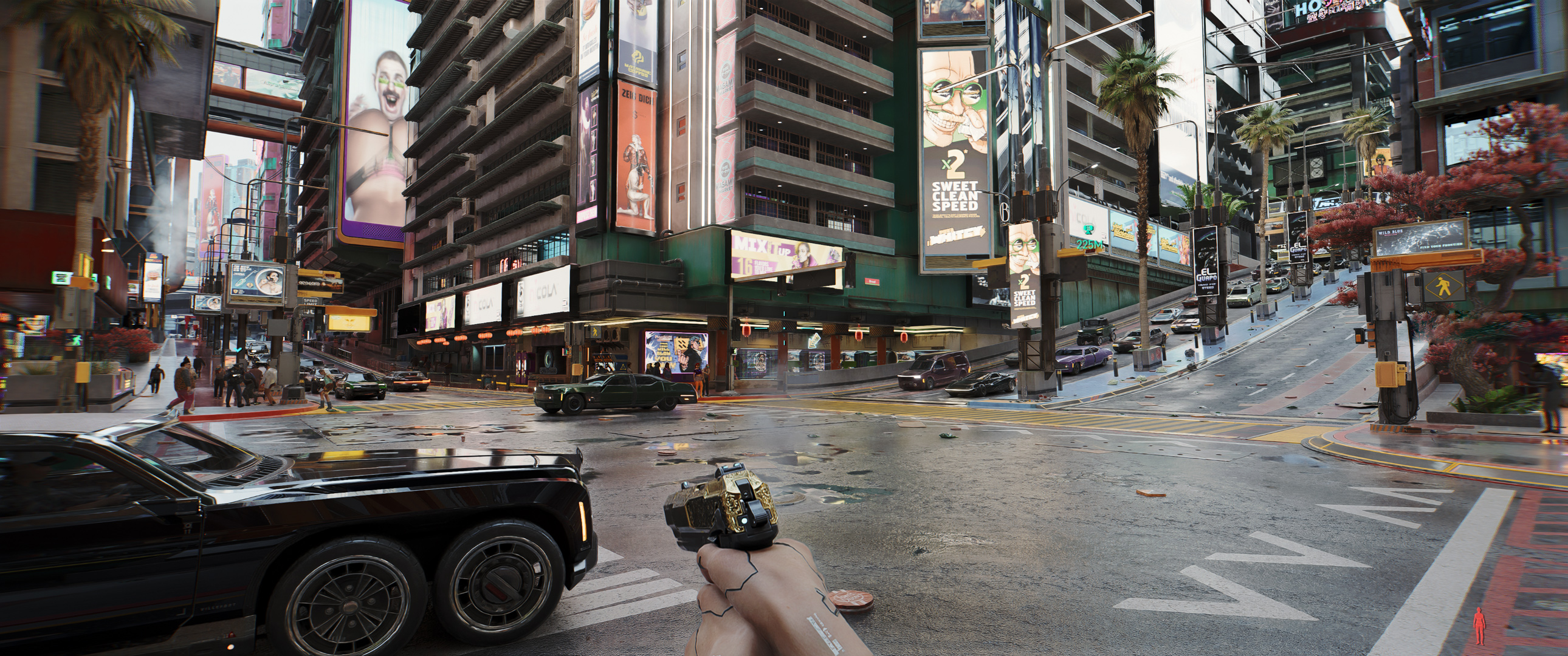It's just added lighting, it doesn't do anything for me.

You do you my guy

I'm just going to leave this small chunk of a university course on game development to underline my point that whether you care or not, carefully directed and arted lighting has underpinned every video game you've ever played:
"Lighting in games goes beyond just looking realistic. It's a powerful tool that shapes how players feel and experience the game. Different lighting styles take us to different worlds, from realistic to fantastical.
In realistic games, lighting mimics real-world behaviour using accurate physics and rendering. Natural light sources like sunlight and moonlight create believable environments. An example is the immersive Wild West in "Red Dead Redemption 2."
Stylized games don't aim for realism. Instead, they use exaggerated colours, unique shading, and creative light sources to create distinctive visuals. The vibrant, cel-shaded world of "Borderlands" is a great example.
Atmospheric lighting focuses on creating specific emotions through color, intensity, contrast, and effects like volumetric lighting. "Dark Souls" uses dark, moody lighting to match its challenging gameplay and gothic setting.
- Horror. Uses stark contrasts, limited light, and desaturated colours (e.g., "Amnesia: The Dark Descent").
- Fantasy. Features magical glows and ethereal light (e.g., "Ori and the Will of the Wisps").
- Sci-Fi. Includes neon lights, holographic displays, and sterile lighting (e.g., "Cyberpunk 2077").
- Western. Highlights warm sunsets and campfires (e.g., "Red Dead Redemption 2").
- Noir. Uses dramatic shadows and smoke (e.g., "L.A. Noire").
By understanding these different styles, game artists can create immersive worlds that resonate with players and elevate their games.
Whether you're new to
game art or have years of experience, mastering lighting can greatly enhance your creativity and storytelling. Here are some key tips:
Treat lighting as a vital part of your game's visual design, not an afterthought. Plan for lighting early, from concept art to level design. Consider how light will affect your environments, characters, and objects to make better decisions about materials, textures, and gameplay."
I'm not going to take this any further as it seems academic at this point but I hope you understand where my comments were coming from now












